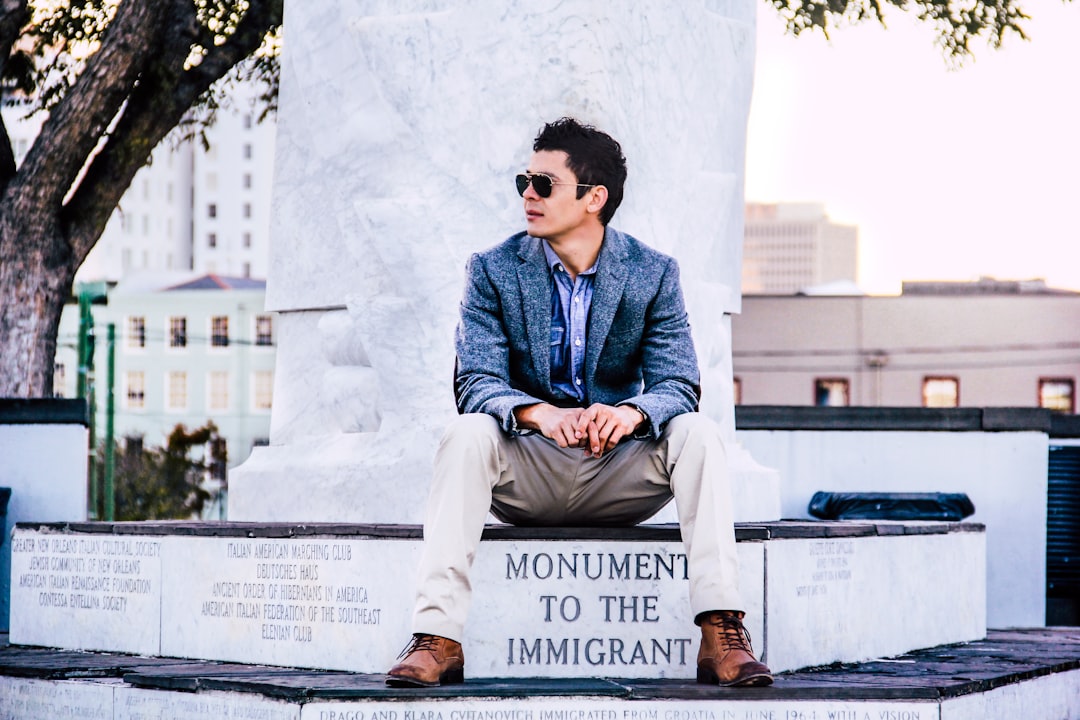
The Ultimate Guide to Travel Reviews: Unveiling Hidden Insights
# Introduction. Traveling is one of the most enriching experiences one can have, yet it can also be overwhelming, especially when it comes to choosing the right destination, accommodation, or activity. Enter travel reviews: the compass that helps navigate through the vast sea of options available. This guide illuminates the process of understanding and utilizing travel reviews effectively, ensuring that your next adventure is everything you've dreamed it would be. # Understanding Travel Reviews. Before diving into how reviews can enhance your travel planning, it’s crucial to understand what they are and why they matter. Travel reviews are evaluations or critiques shared by fellow travelers based on their personal experiences. They are available on various platforms, including social media, travel blogs, and review sites like TripAdvisor or Yelp. Reviews can significantly influence a traveler's decisions, serving as an invaluable resource for insights on various aspects such as service quality, cleanliness, amenities, and value for money. # Platforms for Travel Reviews. The digital age has ushered in a plethora of platforms for obtaining travel reviews. Here, we explore some of the most popular ones: 1. **TripAdvisor**: This is perhaps the most renowned travel review platform. Users can find reviews for hotels, restaurants, attractions, and even entire cities. The platform offers filters for better navigation, such as traveler type or date of the visit. 2. **Yelp**: Primarily focused on restaurants and services, Yelp allows travelers to dig deep into food experiences and service quality at various locations. It’s an excellent tool for foodies looking for hidden gems. 3. **Google Reviews**: Integrated into Google Maps, this platform provides an overview of establishments along with traveler ratings. It’s particularly handy for on-the-go decisions. 4. **Travel Blogs**: Personal travel blogs can offer in-depth insights and honest reviews that go beyond star ratings. Bloggers often share personal anecdotes, photographs, and detailed descriptions, which can help form a more rounded perspective. # What to Look for in a Travel Review. When sifting through the multitude of travel reviews, not all information will hold equal weight. Here are key factors to consider that can help you decipher the usefulness of a review: 1. **Recency**: Look for recent reviews. Travel experiences and service quality can change rapidly, so recent reviews are more likely to reflect the current state of an establishment. 2. **Detail**: A detailed review often provides a more accurate picture. Reviews that share specific experiences—positive or negative—can be much more telling than those that simply say, “It was great!” 3. **Diversity of Opinions**: Don’t rely on a single review. Check various opinions to get a balanced view. If most reviews share a common concern or compliment, it’s likely to be a credible insight. 4. **Reviewer Credibility**: Consider the reviewer's profile and history. Those who travel frequently may provide more reliable insights, while a one-time tourist's perspective might not hold as much weight. # Tips for Writing Your Own Travel Reviews. Sharing your own travel experiences can not only help fellow travelers but can also enhance your own memory of the trip. Here’s how to compose impactful travel reviews: 1. **Be Honest and Constructive**: Share your genuine experience but offer constructive feedback. Did you have a good time but face a long check-in? Mention it! Your voice adds value. 2. **Include Photos**: Images can speak volumes and provide a visual context to your experience. Capture moments of your trip and share them with your review. 3. **Use a Friendly Tone**: Aim for a conversational tone; reviews don’t have to be formal. A friendly approach engages readers and makes your review more relatable. 4. **Be Specific**: Discuss particular aspects that stood out during your travels, whether it’s a dish you loved at a restaurant, the hotel’s cleanliness, or a museum’s staff helpfulness. # Common Pitfalls in Reading Travel Reviews. Despite the wealth of information available, travelers often fall into certain traps when reading reviews. Here are some pitfalls to avoid: 1. **Confirmation Bias**: Don't seek only the reviews that confirm your preconceived ideas; stay open to diverse opinions. 2. **Overreacting to Negative Reviews**: One unfavorable review shouldn’t steer you away from a place you’re excited to visit, especially if most others are positive. 3. **Ignoring Reviewer Details**: Pay attention to who the reviewer is. A family with young children might rate a hotel differently than solo travelers seeking nightlife. # Conclusion. Travel reviews can be an essential tool in shaping your journey, offering insights and nuances that guide your choices. By understanding how to approach reviews, what to seek out, and how to contribute your own experiences, you're not only preparing for successful travels but fostering a community of informed travelers. Embrace the wisdom of travel reviews, and let them help you discover the world. .









